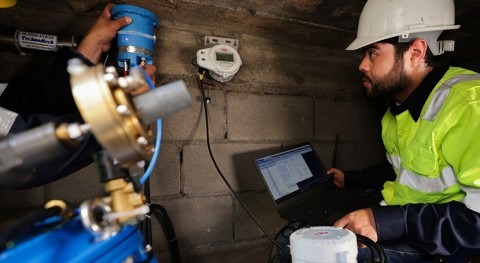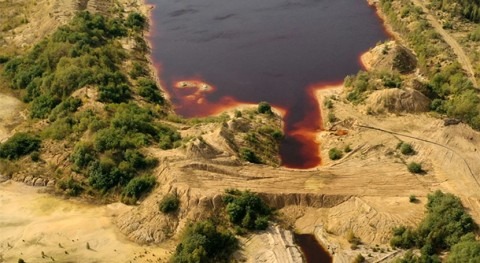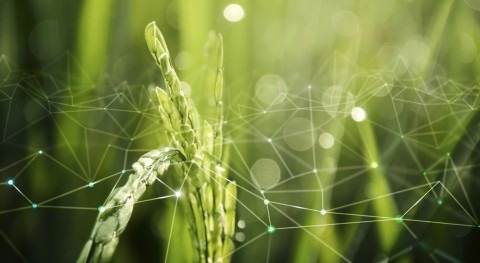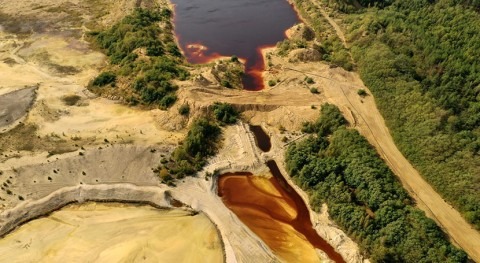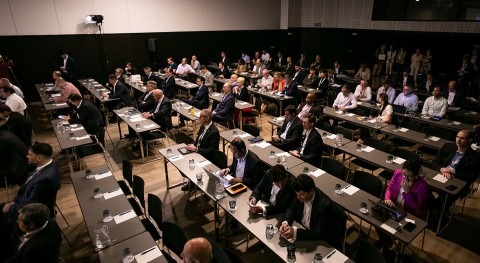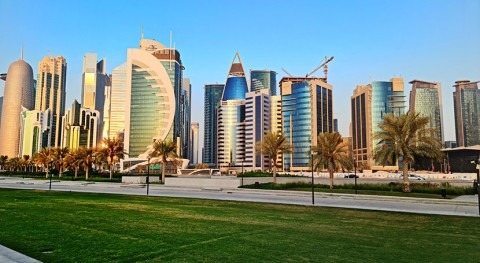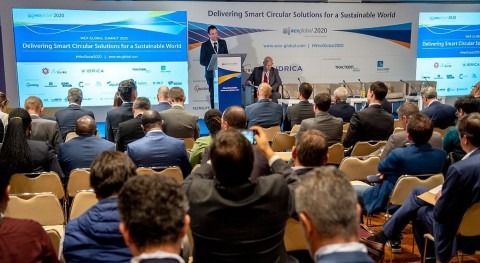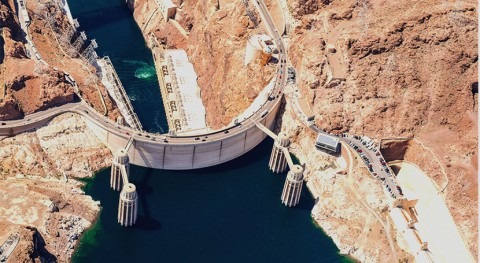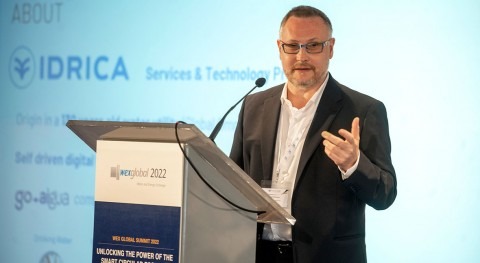The Spanish city of Gandia was the first municipality to have tens of thousands of meters working with NB technology, in a project led by Idrica, Vodafone and the Gandia city council. This was the first Smart Water City with Narrow Band (NB) applied to remote metering.
The project led the city to become the first municipality to use the NB-IoT connectivity network to transmit water consumption data. "No one had ever tried NB on this scale, it was a major challenge," says Carlos Tejedor, Smart Metering and Instrumentation Specialist at Idrica.
Until then, consumption monitoring had relied on walk-by and drive-by methods, and real-time data had not been an option. Today, Gandia has around 40,000 meters connected to the NB-IoT network, and they are working extremely well. Their data and the data from sensors, hydraulic infrastructure and communication devices are brought together in the GoAigua platform. This technological solution is marketed by Idrica, an international company specializing in services and solutions for utilities that manage the entire water cycle.
The information provided on consumption, together with GoAigua's advanced data model and algorithms, means that the network is proactively managed. Thanks to the analysis of this data, demand predictions deliver greater precision in the amount of water that needs to be fed into the network, there is increased reliability in the detection of unwanted or accidental consumption, and alerts can be set up to signal irregular consumption patterns in vulnerable households or those with dependents.
The evolution of Narrow Band and its coexistence with 5G
In the words of Idrica's Smart Metering and Instrumentation Specialist, "NB was born when 4G emerged as a communication standard applied to the Internet of Things (IoT). It was created within the LPWAN (Low Power Wide Area Networks) group of communication technologies, together with SigFox and Lora."
What does IoT need? In the opinion of Carlos Tejedor, "it needs to be able to send a small amount of information, although sufficient, and consume very little power. We charge our cell phones every day, but when a sensor is installed in a domestic water meter, the battery must last its entire useful life, i.e., more than ten years. The NB standard is designed for this.”

NB, he says, "is evolving and migrating into the spectrum of this mobile technology and is considered to be a part of 5G. It is a narrow band with extended functionalities." It is designed exclusively for the Internet of Things (IoT) network, for sensors, to send small amounts of information. In fact, its name indicates this: NB-IoT.
The evolution continues through GPRS, 3G, 4G and 5G. Logically, he points out, "5G offers features that are not NB. The NB standard was born to address the problems that existed at the time, when we thought that 50,000 sensors per cell would be sufficient. However, we now know that this will not be enough."
The advent of 5G technology will be disruptive and revolutionary and will support at least one million connected devices per square kilometer. For Tejedor, "everything will have a sensor in the near future. NB will not disappear, but it will coexist with 5G. However, 5G will be the answer to future scenarios such as massive IoT (MIoT), with billions of sensors in the short term, which is something that no technology is capable of supporting at the moment". In short, 5G opens up new prospects, lines of business and use cases that have not been an option in the past.

The NB standard is still valid. In Gandia, Idrica is still committed to it, drawing conclusions, doing further research and developing new algorithms. In addition, the company is already leading the way in 5G, participating in one of the world's first tests for the application of 5G to remote reading, which is currently being carried out in Valencia, Spain.
What is done with the data
Tejedor points out: "We don't just gather data. This would be missing out on half or even more of the process. In a world of sensors, where everything is Big Data, having data is the norm. The important thing is to know what to do with it." The expert cites the example of "converting it into useful information or, in the case of Idrica, into business intelligence, applied to customer needs or to a specific business process, such as smart metering in the water industry and its different verticals.
Idrica uses its extensive experience with technology to develop algorithms that help to make decision-making more efficient. "There is no added value in just using data for billing," Tejedor concludes.




